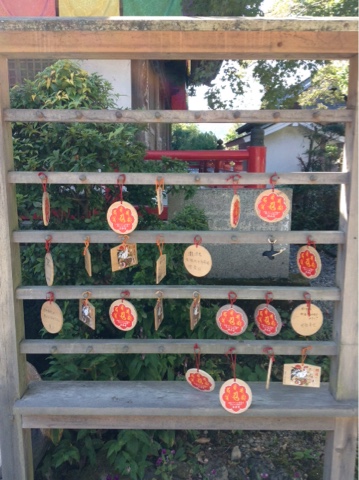It reminds me of a conversation I had a few weeks ago with a neighbor who was driving by while i was out shoveling snow. She stopped to say hello, and to tell me that she had decided she wanted to know more about Buddhism so she asked the swami at the Vedanta temple she goes to if he could recommend a book. He did, and it turns out to be a book written by another swami.
I don't remember what she said, but at some point i ended up saying something like "Well, that's all pretty much true, as long as you remember that Buddhists don't believe in a creator God or that we have a soul."
"That's not what i'm reading," she said after a longish pause.
"Maybe, but it's a fact of Buddhism. Pretty much every sect would agree with those two points," i replied.
Another longish pause......... and then........"That's not what i'm reading."
At which point all i could say was "Maybe that's because your book was written by a swami and not by a Buddhist?"
"So that's his interpretation?"
"That's what i would guess."
I then told her I could loan her a book of the basics to give here the background she was looking for from the perspective of a Buddhist and not a Vedantan. My plan was to give her a copy of Walpola Rahula's "What The Buddha Taught" and Steve Hagen's "Buddhism: Plain and Simple." The latter because it reads like a book and not an encyclopedia, and because Rahula's is written from the Theravadin perspective while Hagen's from the Zen perspective. She agreed and suggested that we exchange books so i could read hers as well. Haven't heard from her since, but it's only been a couple of weeks.
So back to where i started....
As i sit here, half of the world is already celebrating the start of the new year, the brand new, spanking clean, 2018. The other half of us still many hours to wait before it arrives. While i understand the desire to celebrate, and the incurable urge to look at January 1 as a real beginning to another, different real year, it always puzzles me why more people don't openly acknowledge that the day really has no significant meaning. The calendar is a fabrication of the human mind. Time is a fabrication of the human mind. In reality, literally and figuratively, there is no difference between January 1 and December 31. So why do we place so much importance on that one day? If you have a resolution to make, a pledge to improve some aspect of your life, or the lives of others, why wait until January 1 to make it?
Stopping for a minute and relaxing your gazes so that the concept of minutes, hours, days, weeks, and years fade into background, you might be able to see reality just as it is. Maybe all you can see is just as it is 'out there,' with you noticing it. Maybe you can see it as just as it is, with that just as it is including you, and who you think you are, as well. Maybe you can really let go and there is nothing except just as it is.
Searching for this place of no time is sort of like what astronauts say they experience when first seeing the earth from outer space. Seeing the earth with no countries anywhere in sight. With no religions, political systems, or other fixed beliefs anywhere to be found. Seeing only a little blue ball which supports all life, with no exceptions, equally. All the differences we live in, that divide us, that drive the hatred and jealousies, that drive away everything that is true about who we are...are not visible (no, do not exist) when viewed from outside the system.
I'm not saying to skip the New Year's celebrations. I'm only suggesting that you spend a little of your time as you wait for the new year to appear in contemplation on what this "just as it is" really is. Spend a few minutes looking through your inventory of beliefs, assumptions, preferences, likes and dislikes, and dogmas. See them for what they are not. Take a few minutes to relax your gaze so that just as it is sees just what is through your eyes. Then say thank you and head to the party.
At the very least
Searching for more is futile
It can be found there
























